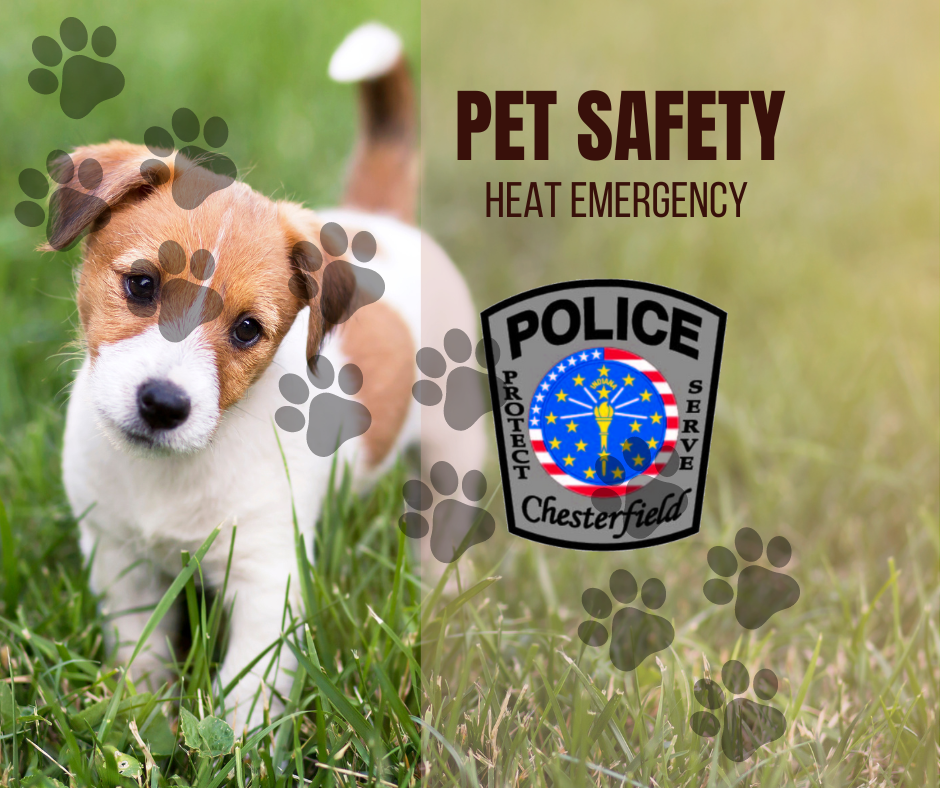Heat advisories are important for everyone, including pets. Just like humans, pets are also susceptible to the effects of extreme heat and can suffer from heat-related illnesses such as heatstroke, dehydration, and burnt paw pads. Here are some tips to ensure the safety and well-being of your pets during a heat advisory:
1. **Stay Hydrated:** Ensure your pets have access to plenty of fresh, clean water at all times. Dehydration can happen quickly in hot weather.
2. **Limit Outdoor Activities:** Avoid strenuous activities and walks during the hottest parts of the day. Instead, take walks during cooler early morning or evening hours.
3. **Provide Shade:** If your pets spend time outdoors, make sure there is a shaded area where they can retreat from the sun. If there’s no natural shade, consider using a portable umbrella or creating a shaded spot.
4. **Avoid Hot Surfaces:** Pavement, asphalt, and sand can become extremely hot and burn your pet’s paw pads. Test the temperature with your hand before allowing your pet to walk on these surfaces.
5. **Never Leave Pets in Vehicles:** Even with the windows cracked, temperatures inside a parked car can become life-threateningly hot within minutes. Never leave your pet unattended in a car during hot weather.
6. **Cooling Methods:** Provide ways for your pets to cool down, such as a shallow kiddie pool, a damp towel to lie on, or frozen treats like ice cubes made from low-sodium chicken broth.
7. **Recognize Signs of Heatstroke:** Symptoms of heatstroke in pets include heavy panting, drooling, rapid heartbeat, vomiting, diarrhea, lethargy, and even collapse. If you suspect heatstroke, move your pet to a cooler area, offer water, and seek veterinary help immediately.
8. **Grooming:** Regular grooming can help prevent matting of fur, which can trap heat close to the skin. However, don’t shave your pet’s coat too short, as it can offer some protection against sunburn.
9. **Air Circulation:** Ensure proper air circulation in indoor areas where your pets spend time. Fans or air conditioning can help keep the environment cooler.
10. **Know Your Pet:** Different breeds have different tolerances to heat. Brachycephalic (short-nosed) breeds, like Bulldogs and Pugs, are particularly sensitive to heat and can struggle with breathing in hot weather.
Remember, your pets rely on you for their well-being, so it’s important to take precautions and prioritize their safety during heat advisories or any period of extreme weather.
Check out more web articles by going to our Chesterfield Police Department webpage at http://www.chesterfieldinpolice.org






